In an era where beauty and sustainability are increasingly intertwined, the quest for flawless skin often comes with a hidden cost: cosmetic waste. Each year, millions of products are tossed aside, their potential untapped, as consumers chase the latest trends and promises of perfection. But what if there was a way to ensure your beauty investments pay off before they even make it home? Enter skin testing—a powerful practice that not only enhances your shopping experience but also plays a crucial role in minimizing unnecessary waste. In this essential guide, we’ll explore the art of skin testing, offering you invaluable insights and practical tips to make informed purchases. Join us as we delve into the importance of knowing your skin, navigating the vast array of products, and ultimately, embracing a more sustainable beauty routine. Together, we can transform our approach to cosmetics and promote a greener future, one informed choice at a time.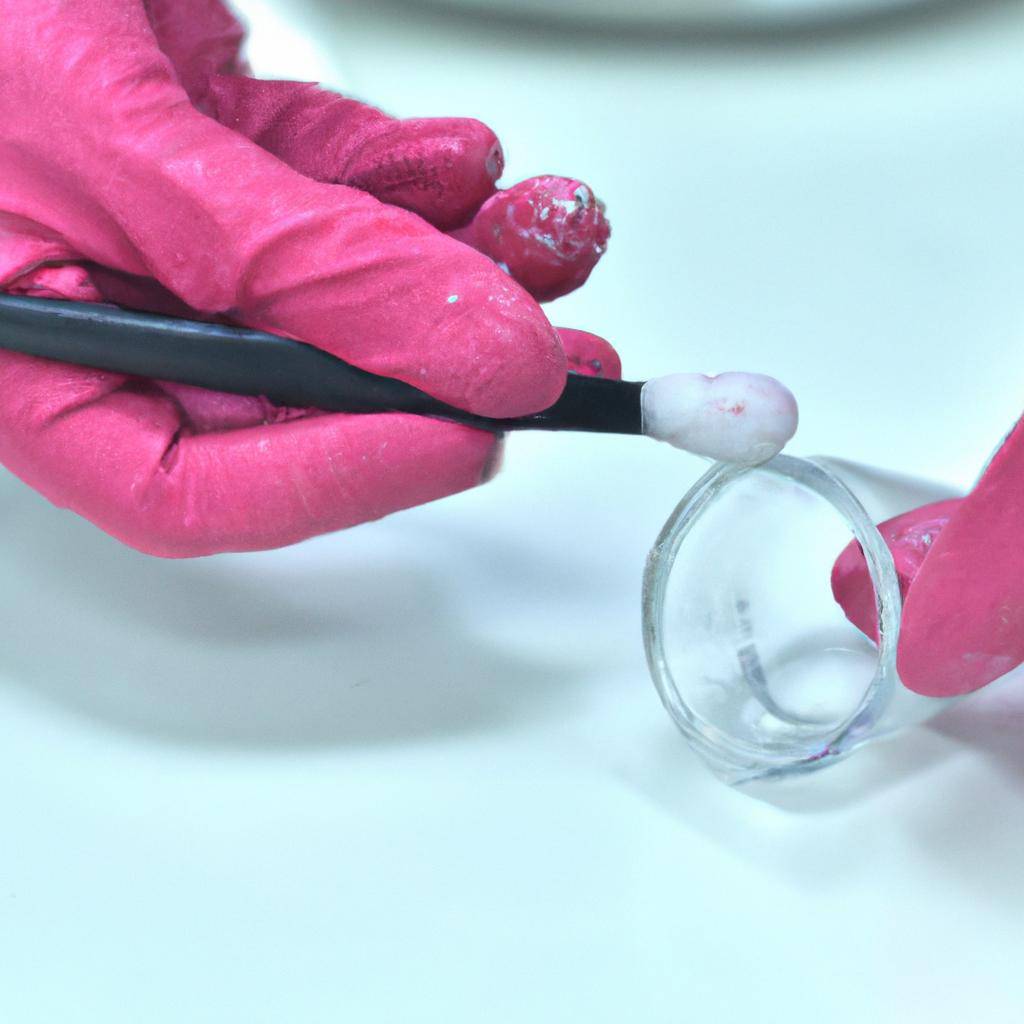
The Importance of Skin Testing in Reducing Cosmetic Waste
In the world of cosmetics, countless products are purchased only to end up in landfills due to mismatched colors, allergic reactions, or simply not living up to their promises. Skin testing serves as a crucial first step in ensuring that the products you buy will work effectively for your unique skin type and preferences. By taking the time to test products on a small area of your skin, you can save yourself not only money but also the frustration of dealing with unsuitable items. Consider this effective testing mantra:
- Patch Testing: Apply a small amount of the product on your inner wrist or behind your ear to check for any potential allergic reactions.
- Texture Trials: Assess the consistency and formulation by trying out testers at beauty counters or sampling products at home.
- Color Checks: Swatch products on your skin to find the perfect hue that complements your natural tone.
Moreover, integrating skin testing into your shopping routine aligns seamlessly with a more sustainable approach to beauty. By understanding how a product interacts with your skin, you significantly reduce the risk of purchasing items that ultimately go to waste. This not only benefits your wallet but also contributes to a healthier planet by minimizing excess production and disposal of cosmetics. Below is a quick reference table summarizing the benefits of skin testing:
| Benefits of Skin Testing | Impact |
|---|---|
| Reduced Product Waste | Less landfill burden |
| Personalized Choices | More satisfaction with purchases |
| Cost Efficiency | Save money by avoiding poor buys |
| Education on Skin Needs | Better insights into product reactions |
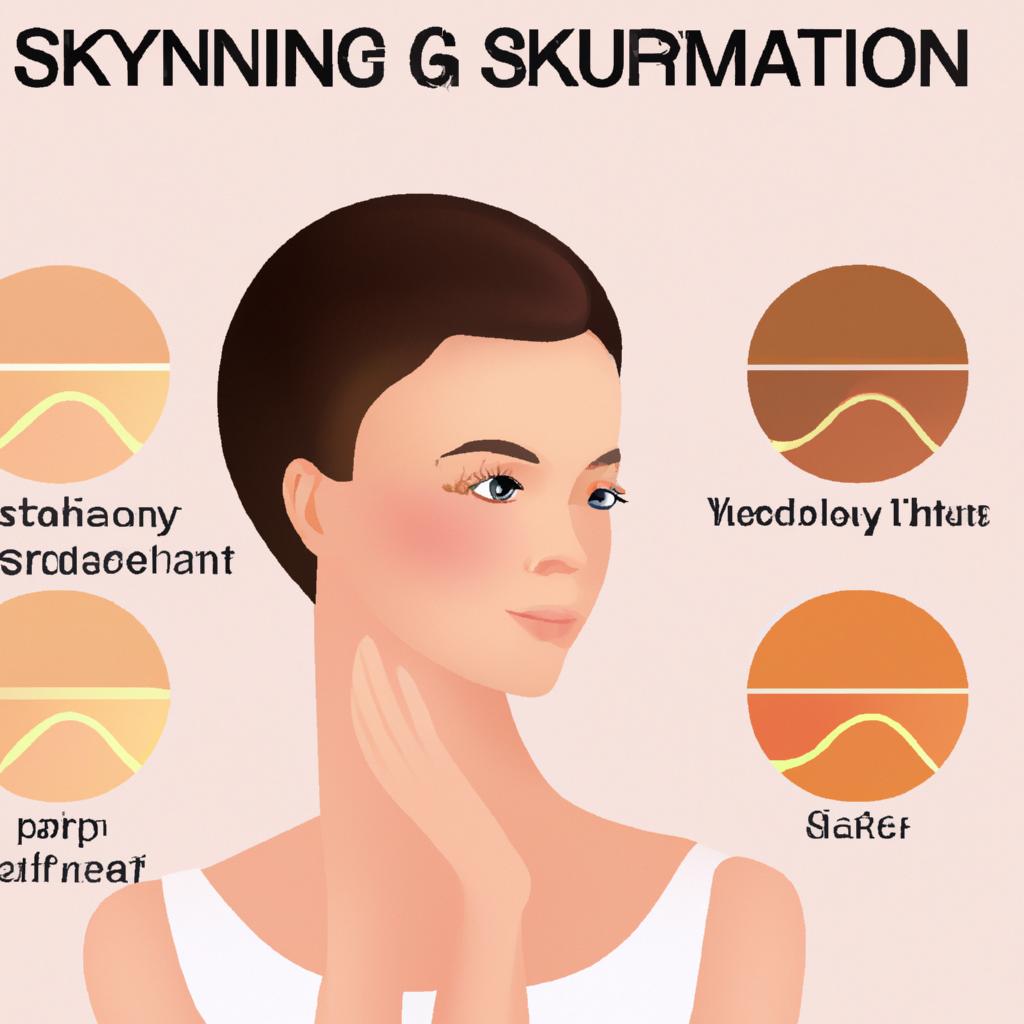
Understanding Your Skin Type for More Informed Choices
Identifying your unique skin type is crucial for making informed skincare choices. Each individual’s skin can range from dry to oily, and understanding these variations not only helps in selecting products but also minimizes *cosmetic waste*. For effective skin testing, consider using a simple observation method: note how your skin feels and looks throughout the day. Characteristics of different skin types can include:
- Oily Skin: Shiny appearance, enlarged pores, and prone to breakouts.
- Dry Skin: Flaky texture, tightness, and fine lines.
- Combination Skin: A mix of dry and oily areas, often with an oily T-zone.
- Sensitive Skin: Reacts easily to products, often red and inflamed.
Once you’ve identified your skin type, you can make choices that cater specifically to its needs. Consider creating a simple chart to track your skin’s reactions to different products, which can lead to better decisions in the future. You may find it helpful to use a table to document your findings:
| Product Used | Skin Type | Reaction |
|---|---|---|
| Hydrating Serum | Dry | Improved Moisture |
| Oil-Free Moisturizer | Oily | No Breakouts |
| Gentle Cleanser | Sensitive | Minimal Redness |
By tracking and understanding your skin type alongside its responses to products, you can confidently navigate the myriad of options available. This thoughtful approach will not only facilitate better personal care but significantly reduce the issue of cosmetics being tossed aside — minimizing waste for a more sustainable beauty routine.
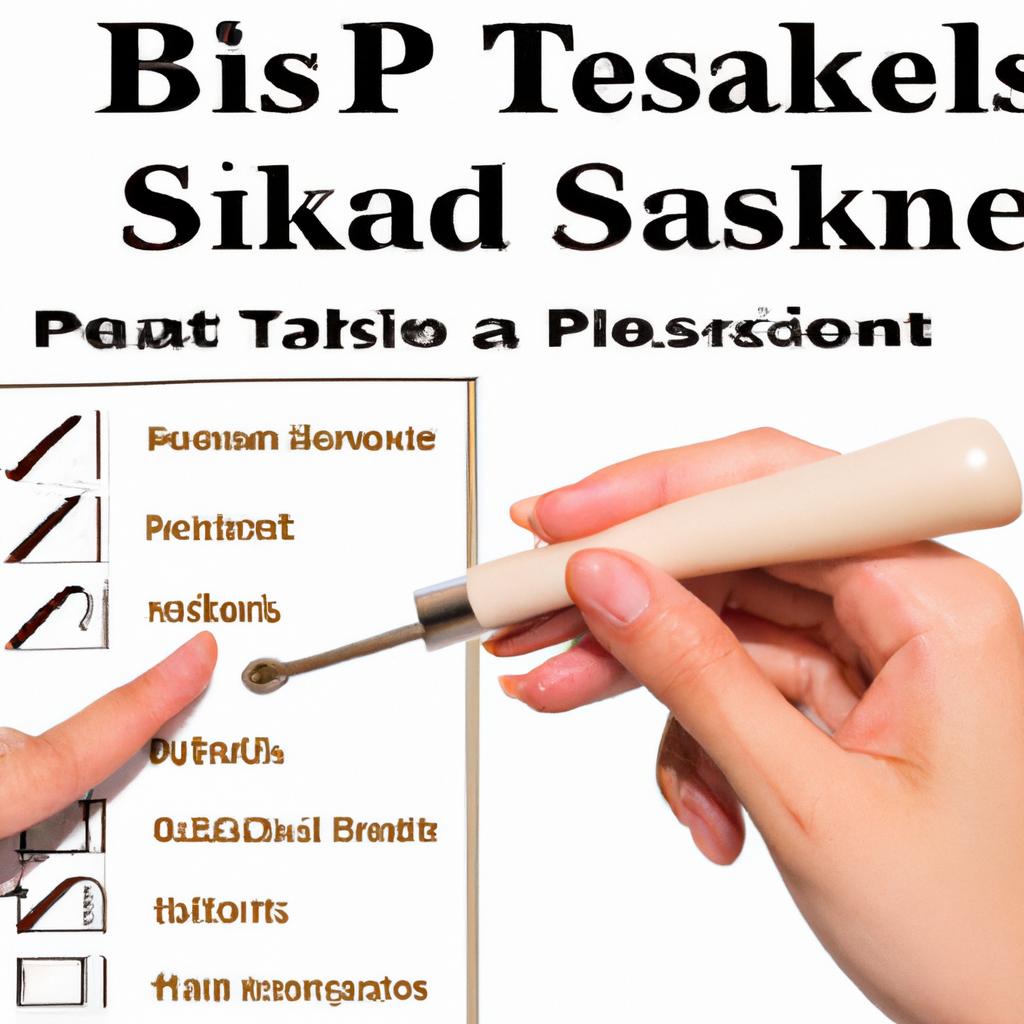
Practical Tips for Effective Skin Testing Before Purchase
Before you hit the checkout line, taking the time to test cosmetics on your skin can save you from an expensive mistake. Start by exploring a small area on your wrist or behind your ear to gauge how the product interacts with your skin chemistry. **Make sure to consider the following tips**:
- Cleanse the Area: Ensure the skin is free from other products to avoid interference.
- Test in Natural Light: Observe how the product looks under natural sunlight as well as artificial lighting.
- Wait for a Reaction: Keep the product on the selected area for at least 24 hours to check for any irritation.
- Use a Sample Size: Whenever possible, request samples to limit waste and ensure compatibility with your skin type.
Different skin types can react uniquely to the same product. Taking a personalized approach will further enhance your testing process. Below is a simple guide to help you identify your skin type and choose suitable products:
| Skin Type | Testing Recommendations |
|---|---|
| Dry | Look for hydrating formulas; opt for cream textures. |
| Oily | Test oil-free products with a matte finish. |
| Combination | Try products that balance hydration and oil control. |
| Sensitive | Use fragrance-free and hypoallergenic options. |
In Retrospect
In a world where beauty products often come with a hefty price tag and even higher environmental costs, understanding the significance of skin testing is more crucial than ever. By empowering yourself with knowledge and taking the time to test products before making a purchase, you not only safeguard your skin but also contribute to reducing cosmetic waste. Remember, each thoughtful choice you make sends ripples through the beauty industry, encouraging brands to invest in sustainable practices and ethical formulations.
As we navigate the vast landscape of skincare, let our commitment to mindful consumption guide our paths. The next time you reach for that enticing product on the shelf, take a moment to pause and consider the impact of your decision. In this journey towards a more sustainable beauty routine, every small step counts. Together, we can cultivate a culture of awareness and respect for our planet while still embracing the products that enhance our natural beauty. Choose wisely, test thoroughly, and let your beauty routine reflect not just your individuality but also your commitment to a healthier future for all.

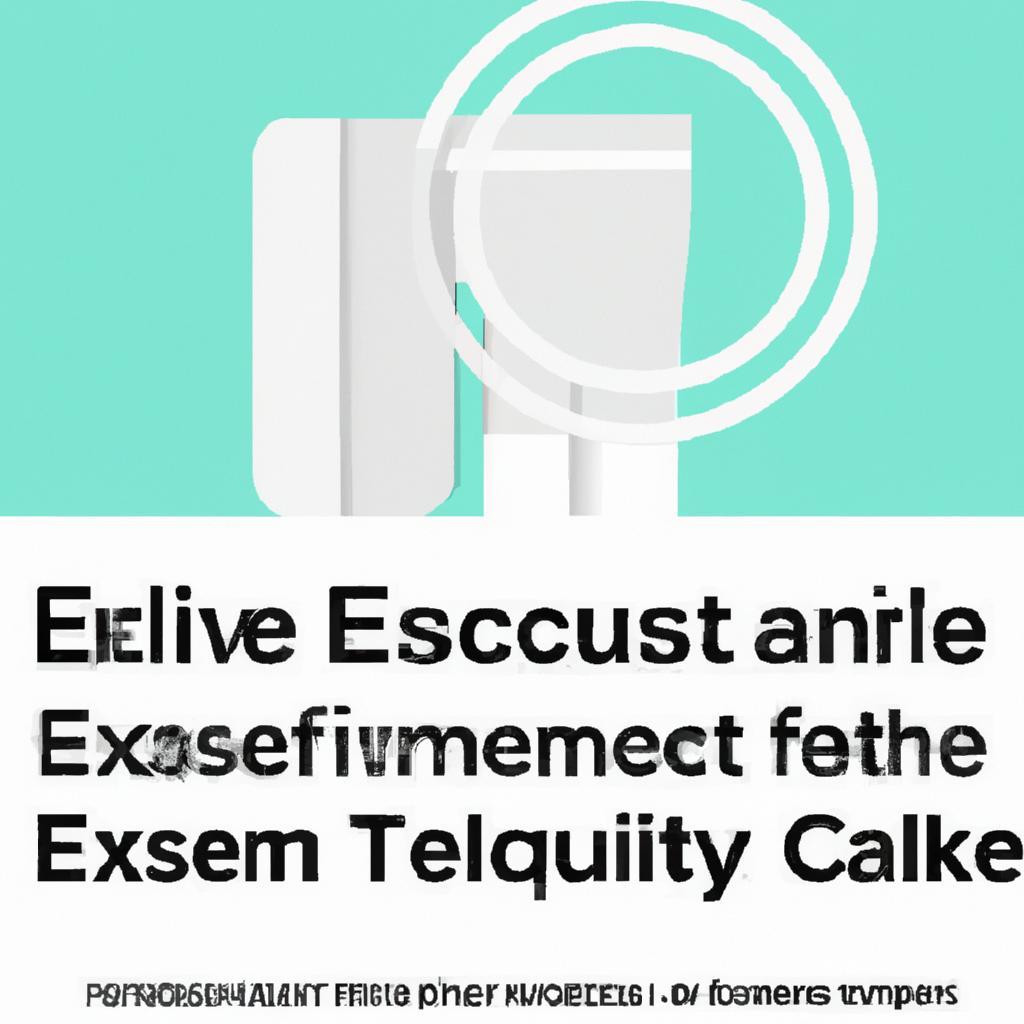


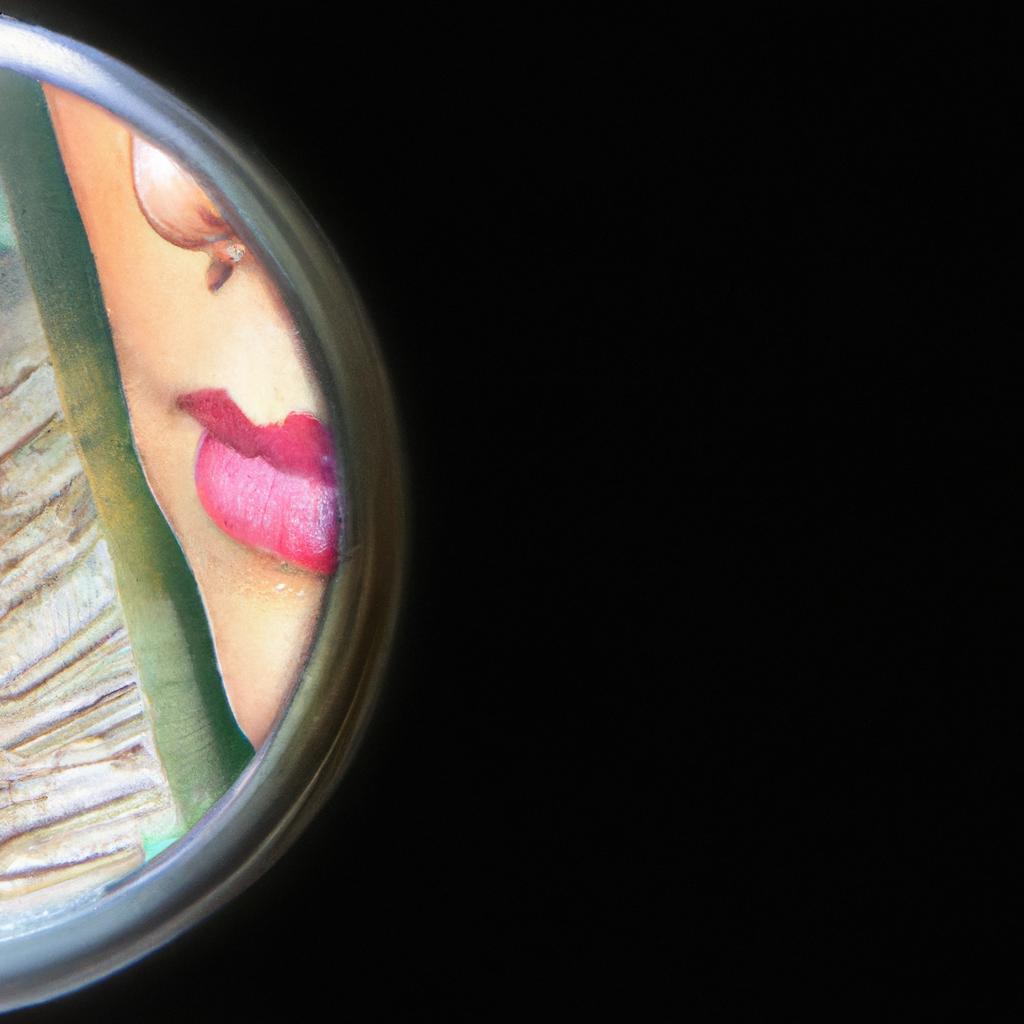

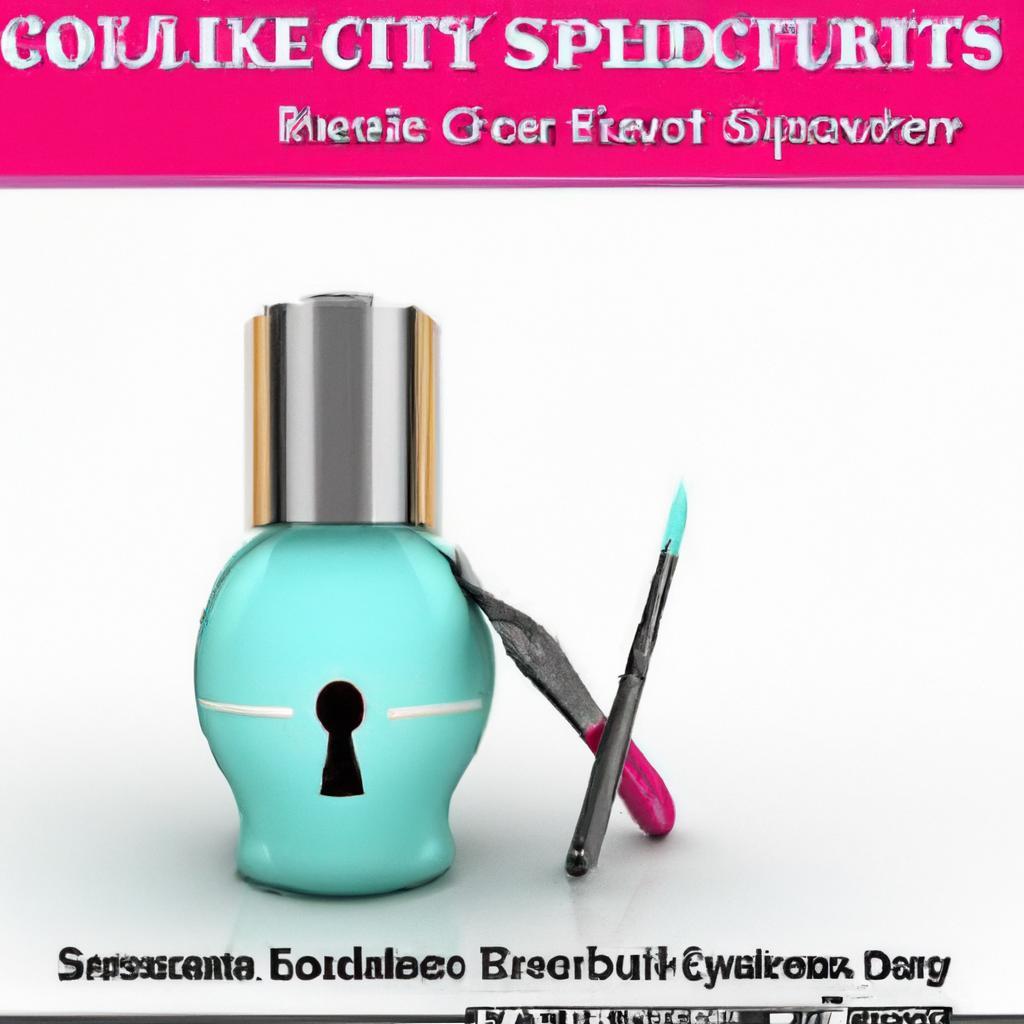












Add Comment